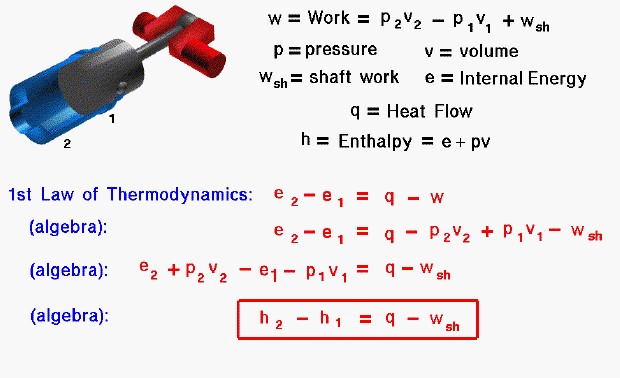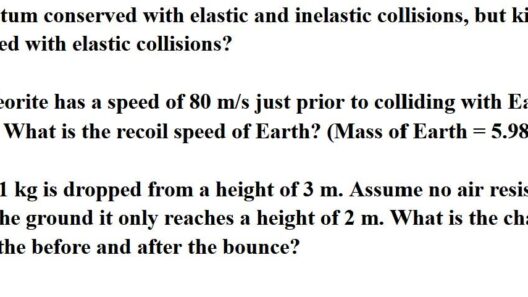The Law of Conservation of Energy is a fundamental principle in physics that holds significant importance across various scientific disciplines. This law states that energy cannot be created or destroyed; it can only change forms. Understanding this concept is essential for Class 9 students as it lays the groundwork for more advanced studies in science and environmental stewardship.
At its core, the Law of Conservation of Energy emphasizes the idea that the total energy within a closed system remains constant over time. This principle is pivotal in understanding a plethora of natural phenomena. For instance, during physical processes, energy may transition between kinetic energy, thermal energy, potential energy, and so forth, but the overall magnitude remains unchanged. This seamless transformation of energy has far-reaching implications across a spectrum of applications, from engineering to environmental science.
To better grasp this concept, let us examine the various forms of energy. The primary categories include kinetic energy, potential energy, thermal energy, chemical energy, and nuclear energy. Each type plays a critical role in our daily lives and in the functioning of the universe.
Kinetic Energy
Kinetic energy is the energy of a moving object. The faster an object moves, the more kinetic energy it possesses. This type of energy can be observed in a flowing river, a moving car, or even a baseball thrown by a pitcher. The mathematical representation of kinetic energy (KE) is given by the formula:
KE = ½ mv²
Where “m” is the mass of the object and “v” is its velocity. Understanding kinetic energy helps us analyze motion and predict the behavior of moving objects in various contexts, such as sports, transportation, and even in natural phenomena like weather patterns.
Potential Energy
Potential energy, on the other hand, is stored energy that has the potential to do work when released. This energy is often associated with the position or configuration of an object within a force field, such as gravity. For example, a book resting on a shelf holds gravitational potential energy, which can be released if it falls. The mathematical representation of potential energy (PE) is as follows:
PE = mgh
Here, “m” is mass, “g” represents the acceleration due to gravity, and “h” is the height above a reference point. Recognizing how potential energy is converted to kinetic energy when an object falls or is moved is vital in both physics and everyday life.
Thermal Energy
Thermal energy is related to the random motion of particles within a substance. It is the energy that determines the temperature of an object. As temperature increases, the thermal energy of a substance also rises, often leading to changes in state, such as melting or boiling. This transition can be observed in various phenomena, from cooking food to the water cycle in nature.
Chemical Energy
Chemical energy is stored in the bonds of chemical compounds and is released during a chemical reaction. This is a crucial component of biological systems. For instance, the energy obtained from food enables organisms to perform essential functions. Understanding this form of energy leads to insights into nutrition, metabolism, and the intricacies of ecosystems.
Nuclear Energy
Nuclear energy is derived from reactions within atomic nuclei, either through fission (splitting of atoms) or fusion (combining of atoms). This form of energy has vast applications, including power generation in nuclear reactors. While it holds great potential for clean energy—providing significant electricity with minimal greenhouse gas emissions—its utilization presents challenges, particularly concerning safety and radioactive waste disposal.
Practical Applications of Energy Conservation
The implications of the Law of Conservation of Energy extend beyond theoretical physics; they inform our approach to energy conservation in the real world. With global concerns about climate change and resource depletion, understanding how energy is consumed and conserved has become pivotal.
Practically, energy conservation can be embraced through various strategies. Simple habits, such as turning off lights when not in use, utilizing energy-efficient appliances, and adopting renewable energy sources, contribute to mitigating energy wastage. Furthermore, educational initiatives that promote awareness and understanding of energy conservation are crucial for developing environmentally responsible citizens.
Conclusion
In summary, the Law of Conservation of Energy is not merely an abstract concept; it is an operational principle that governs the interplay of various energy forms. By comprehensively understanding kinetic, potential, thermal, chemical, and nuclear energy, students can develop a robust foundation in energy principles. Furthermore, as future stewards of the environment, recognizing the importance of energy conservation practices will empower individuals to make informed decisions that contribute to sustainable living practices. In doing so, we not only respect the laws of nature but also ensure a healthier planet for generations to come.






